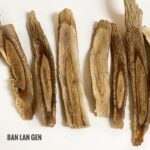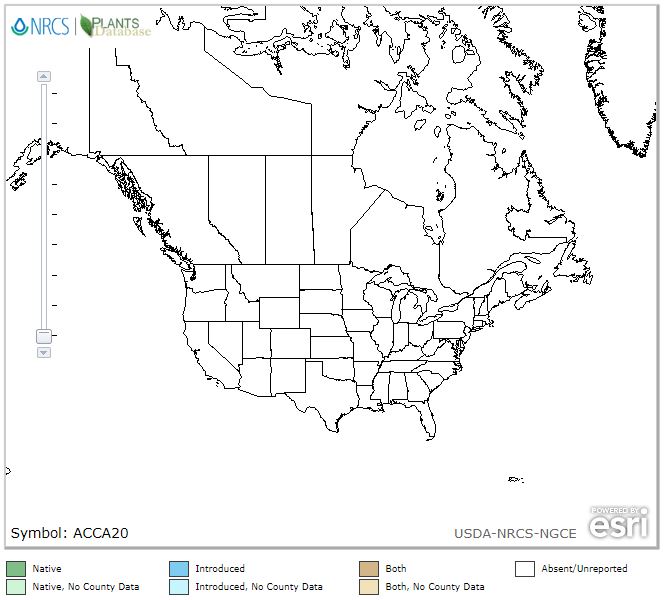Isatis Root, Bǎn Lán Gēn, 板蓝根, Radix Isatidis
Disclaimer For educational purposes only. Do not use as medical advice
Space Space
Space USA: Isatis tinctoria L. USDA Zones: Native: Habitats: Herbal medicine may interact negatively with pharma drugs and other herbs. Examples below: Herbs: Pharma Drugs:Patients with allergic reactions to sulfonylureas and sulfonamides
Health Benefits
For: Sore throat • Viral infections • Cold/flu • Upper respiratory infection • Encephalitis B • Herpes • Skin blotches • Fever • Tonsillitis
Attributes: Antiviral • Antibiotic • Immunostimulant • Anticoagulant
Products (online examples)
Space
Space
Research (sample)
Articles:
Constituents:
Isatan B • Salicylic acid • Daucosterol • Adenosine • Indican •Indigo •Indirubin • Uridine • Uracil • Kinetin •Hypozanthine
Photos (Click to enlarge)
Fun Facts
Other Names: Varieties: Isatis Baphicacanthus cusia, Isatis indigotica Fort • Indigo Woad Root
Plant Family:
Pharmacopeias: Shen Nong Ben Cao Jing
Species
Growth
TBD
TBD
Isatis tinctoria L. is not in the USDA Plant Database. Drill down via USDA Interactive Map:
Category: Clear Heat Resolve Toxins
English: Isatis Root Pinyin: Ban Lan Gen Pharmaceutical: Radix Isatidis
Organs: Heart • Lung • Stomach Temperature: Cold
Taste: Bitter Toxicity:
Patterns: Wind heat sore throat • Blood heat • Skin toxins
Actions: Resolve toxins • Clear interior and exterior heat • Ease sore throat
Indications: Viral infections • Wind heat • Sore throat • Skin blotches • Fever • Tonsillitis
Contraindications: Patients with allergic reactions to sulfonylureas and sulfonamides
Typical Dosage: 10g to 15g Guidelines
Parts Used: Root Notable for: Sore throat
Other:
Combine With
Purpose
Formulas with Ban Lan Gen
Alert
Be cautions with all medicine.
Potential Drug Interactions
Information in this post came from many sources, including class notes, practitioners, websites, webinars, books, magazines, and editor's personal experience. While the original source often came from historical Chinese texts, variations may result from the numerous English translations. Always consult a doctor prior to using these drugs. The information here is strictly for educational purposes.



0 Comments